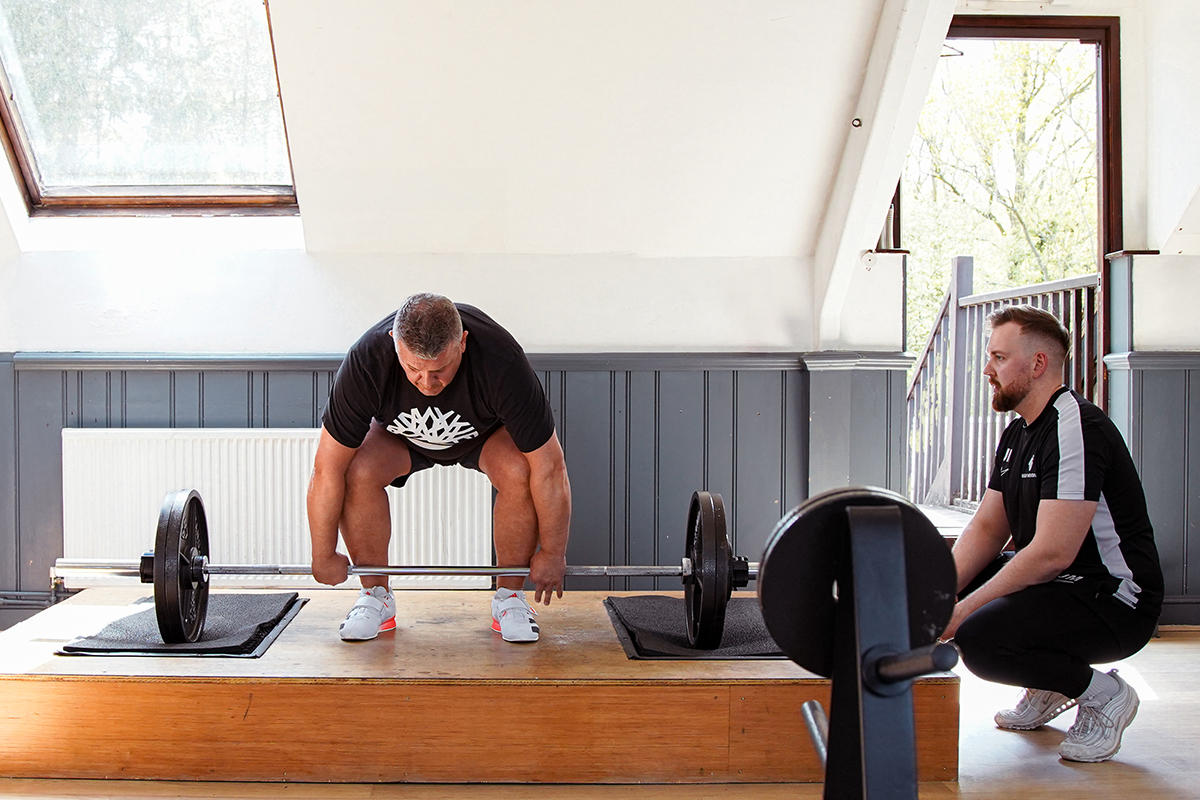
An in depth study, published in 2024 reviewed 1765 records, looking into injury occurrences in any kind of weightlifting. This figure came out to 1.0-4.4 injuries per 1000 hours of training. Compare this to competitive football and there is a drastic increase of 36 injuries per 1000 hours of playing. A staggering 9x increase in risk of injury. This goes to show that weight training may not be as dangerous as you think.
The best way to decrease your risk of injury when weightlifting is form and technique, when these are done properly the chances of getting injured decrease even further. With 12-31% of all sub elite weightlifting injuries coming from the deadlift according to Berglund et al., 2018, it is important to know how to put your body in the best and safest position possible.
Correct Form when Deadlifting
Stabilisation of the back is arguably the most important part of the deadlift, being able to keep the back straight throughout the movement is the utmost important, deadlifting with a rounded and or flexed back can be dangerous and increase the chance of injury. Despite working the back very broadly, the small stabilising muscles of the back (spinal erectors) play a pivotal role in maintaining a straight back throughout the movement. One que that is commonly used to achieve this is ‘chest up’. This is accomplished by using the upper back, starting a wave down the spine contracting the spinal erectors down to the pelvis.
Some people struggle to get into this position easily, it may be easier to get used to setting the back in a standing position, by again, lifting the chest and arching the lower back, imagine sticking your bum out, at the same time. This will help contract the spinal erectors in the lower back region. This is commonly referred to as lumbar extension. This can go too far however, those who are extremely flexible can take this movement into lumber overextension, which is not a desirable position to be in as it applies too much pressure onto the lower back. Think about it like Goldilocks, not too flexed, not too extended, somewhere in between is ideal.
This demonstrates the importance of specific ques to think about when performing the movement, as it has a huge impact on form when used correctly. When the lower back is tight in contraction the back should be properly positioned in order to lift the bar off the floor.
Another important factor to reduce injury risk is weight increments, at Body Mentors we only increase the weight 2.5 kilograms per session, no more. This allows a gradual progression in strengthening the back so it can withstand heavier loads, whereas the risk of injury dramatically increases when performing a large weight increase, 10 kilograms for example. As this puts too much strain on those spinal erectors which may not be strong enough to withstand the load, causing injuries.
If you have trouble getting into a comfortable deadlift position, or want to stay deadlift, you can enquire about Body mentors personal training sessions here:

